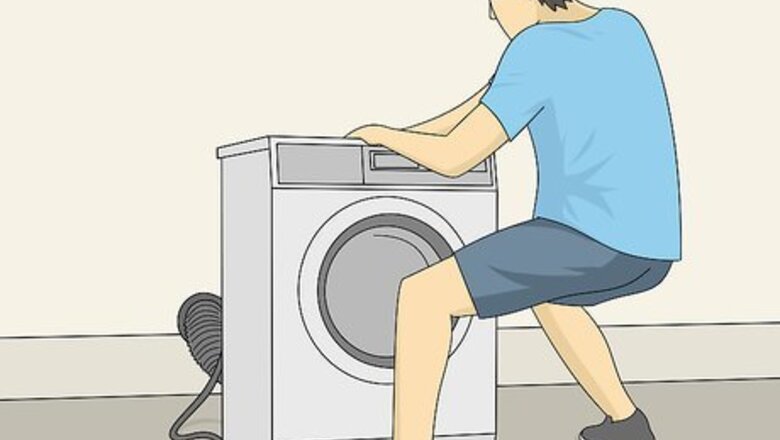
views
X
Research source
First, cut the power to your dryer and unscrew the dryer duct so you have clearer access. Next, take a moment to clear out any lint clogs with a household tool, like an extendable brush wand, leaf blower, or vacuum extension. Once you’ve removed the extra lint, try reassembling and reconnecting your dryer to see if it’s working properly.
Disconnecting the Dryer and Vent Tube
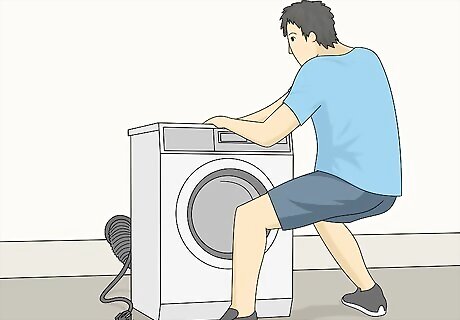
Cut the power to your dryer. With the help of a friend or family member, pull the appliance away from the wall so you can access the dryer duct. Be sure to unplug the cord from the wall so you don’t shock yourself later on. To be extra careful, turn off the dryer completely with the circuit breaker. If you have a gas dryer, turn the gas valve to shut off the gas line. Keep in mind that the wall sockets for dryers look different than traditional sockets. Make sure not to stretch out the gas line when you pull the appliance away from the wall.
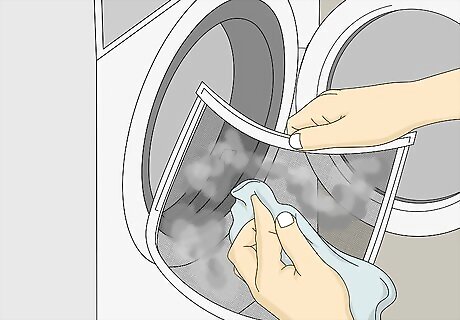
Remove the lint screen and pull off any obvious dust. Open the door to your dryer and locate the lint screen toward the bottom of the drum. Pull out this lint screen and wipe off any obvious layers or patches of leftover lint. If you don’t clean your lint screen on a regular basis, your dryer vent is more likely to get clogged. Try to get in the habit of wiping off the lint screen after each load of laundry.
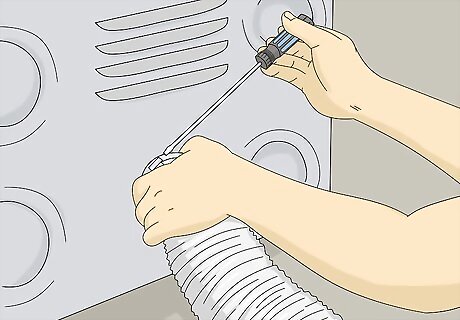
Detach the dryer duct from your dryer. Use a screwdriver to remove all of the hex screws securing the venting tube in place. Depending on your dryer, there might be round metal clamp holding the duct into place. In this case, unscrew the clamp by rotating the screw that holds it in place. Most vent dryer screws are 0.3 inches (0.76 cm) in diameter.
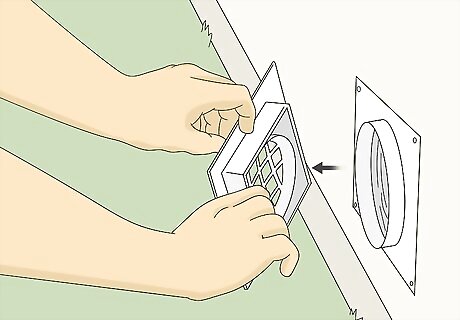
Pull the external dryer vent cover off. Locate the outer dryer vent that’s attached to the side of your home. Depending on the vent cover, you might be able to unscrew it or pull it off in one piece. If your vent cover is made with slats, carefully bend and tug each slat out of the vent cover. Keep the external cover or slats nearby so you can reattach them later.Tip: Your external vent might be toward the second floor of your home. If so, use a ladder to reach it safely.
Cleaning the Vent
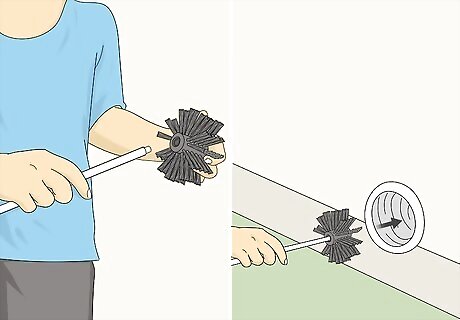
Remove excess lint from the vent with a wand. Take an extendable brush wand made for cleaning dryer vents and stick in the opening of the dryer duct. Push the wand down the duct as far as it will go, and rotate it slightly to pick up excess lint. Next, pull the lint wand out of the vent to finish loosening and removing any duct blockage. If your lint clog isn’t toward the top of the dryer vent, then you might not be able to remove it with a wand.
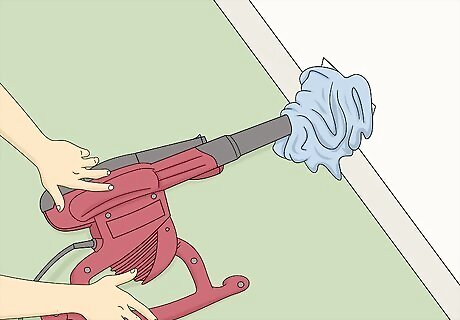
Blow out the lint with a leaf blower for a quick solution. Place a rag around the end of a leaf blower to serve as a seal, and slide the edge of the end of the leaf blower into the dryer vent. Switch on the appliance, and wait a few seconds for the built-up lint to fly out of your vent. Keep the leaf blower on for around 20-30 seconds, or until you’ve confirmed that no more lint is blowing out of the vent. This rag keeps lint and dust from blowing back in your direction. Be sure to turn off the leaf blower before pulling it out of the vent. Since you probably won’t be able to see it from the laundry room, have a friend or family member wait outside to confirm that the lint is blowing out.
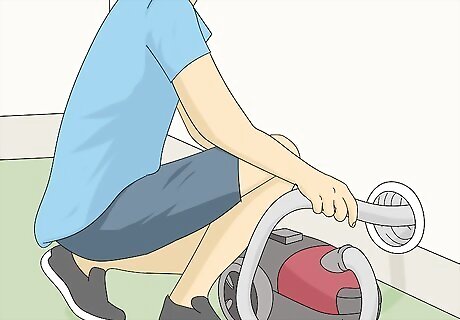
Use the hose attachment of a vacuum if you don’t have a leaf blower on hand. If the lint clog is high up in the vent duct, try using a thin hose attachment on your vacuum to suck out any of the dust and lint. Extend the vacuum hose as far down the vent tube as you can, or until you’ve removed the worst of the surface lint. You probably won’t be able to reach all of the vent duct with this attachment. However, if you have a shop vacuum, you can set it to reverse and blow the lint out.
Reconnecting the Vent Tube and Dryer
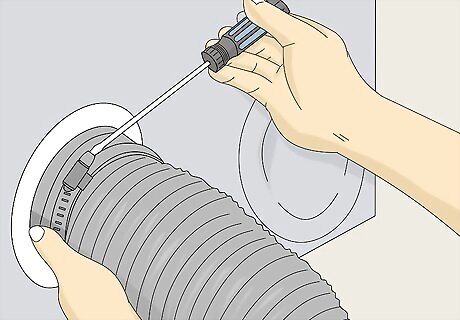
Connect the vent tube back to the dryer with clamps. Replace the hex screws into the original places to secure the clamps. If your vent duct was held in place with a single round clamp, tighten this screw back into place. Make sure that the duct is securely attached before using the dryer again.
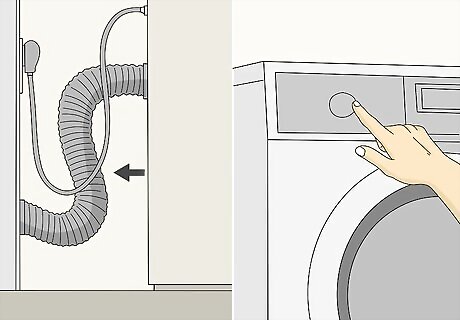
Turn the dryer’s power back on. Push your dryer closer to the wall, returning it to its original position. Next, take a moment to plug your electric dryer back into the designated wall socket. If you have a gas dryer, rotate the valve so that gas is flowing through the line. Don’t power on your appliances until the ducts are securely reattached.
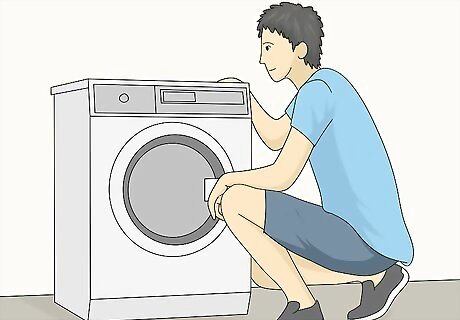
Check the vents by performing a test run with your dryer. Place a few items of clothing into the dryer and run a normal cycle. Use the general settings that you normally would, and wait for the cycle to finish to check and see if the appliance is working properly. If the dryer still isn’t working, there might be something else wrong with the appliance. If dryer vent still seems clogged, try contacting an appliance technician for help.



















Comments
0 comment